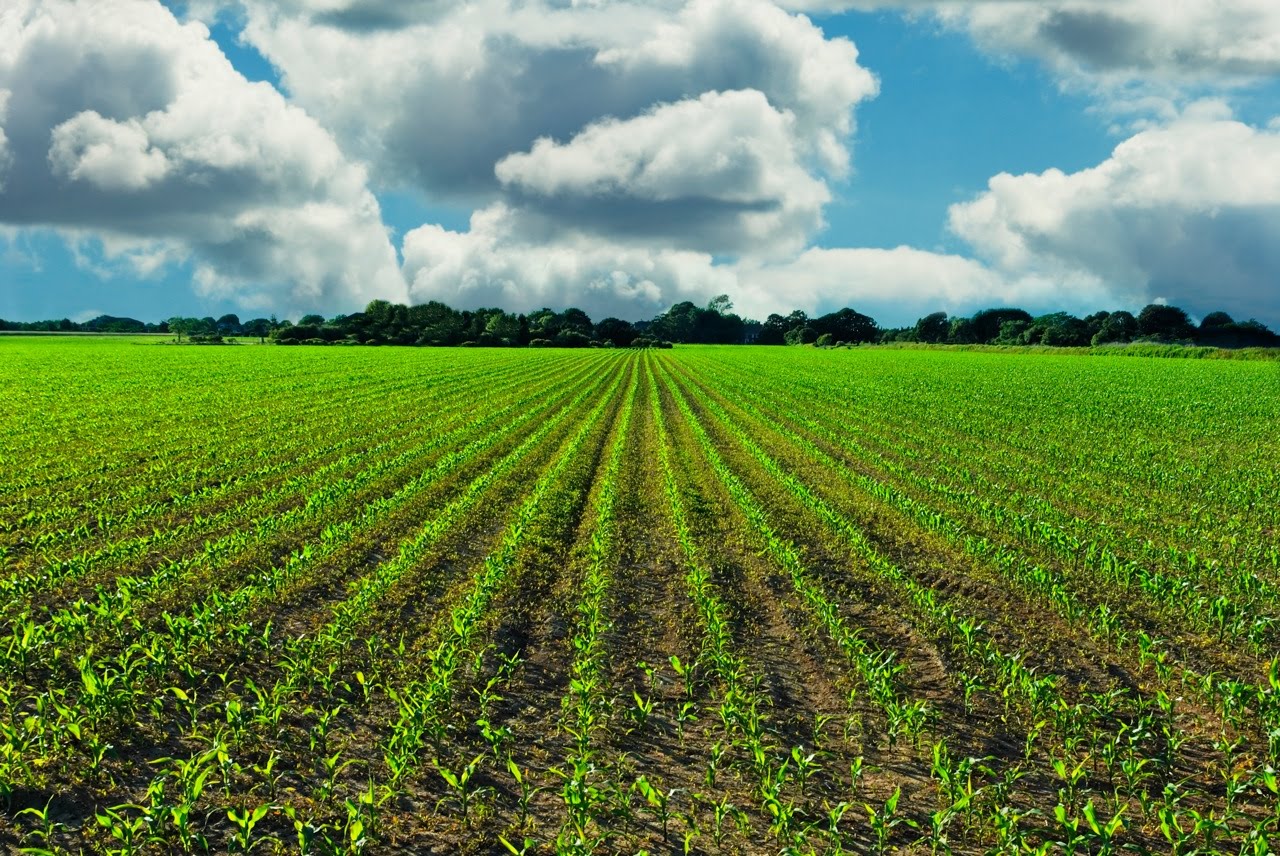Maria Boerngen is playing her part to help farmers maximize crop yields in the Midwest, while protecting the environment as far away as the Gulf of Mexico. An assistant professor in Illinois State University’s Department of Agriculture, she is a researcher on a federally funded project to determine the optimum amount of nitrogen fertilizer to use on farm fields.
Boerngen’s work is part of a multi-university project funded by a $4 million, four-year USDA National Institute of Food and Agriculture grant. The project, based at the University of Illinois at Urbana-Champaign, uses different rates of precision-applied fertilizer in field trials on working farms in Illinois and Nebraska. The field trials will eventually be expanded to other states and to Argentina and Uruguay to gather data on how different soil types and topography may impact fertilizer use.
Reducing the amount of nitrogen fertilizer runoff from fields is a major concern in farming states in the Mississippi River Valley. Runoff in the past has led to environmental damage in waterways and in the Gulf of Mexico. “The major goals of this project are to reduce the size of the environmentally catastrophic, hypoxic ‘dead zone’ in the Gulf of Mexico, and in the process, maximize economic benefits for farmers,” said Boerngen.
States in the Mississippi River basin have a goal of reducing nutrient loss from sources such as farm fields by 45 percent by the year 2040. Field trials and hard data on fertilizer use will go a long way in helping states meet that goal, noted Boerngen. “We ultimately want to have information farmers can use to determine exactly how much nitrogen fertilizer they need for their particular soils and crops, while minimizing the amount of nutrient loss from fields. Preventing over-application of fertilizer reduces the environmental impact, and also saves farmers money.”
Boerngen is working directly with farmers, recruiting them for the field trials and following up to provide and interpret the data gathered from the studies. “We’re looking for sites with 80 acres or more, where farmers are using precision technology for seeding and applying fertilizer,” she said, adding the data collection works with technology already in use at farms. The data is sent to the research team, with results relayed back to the farmers. “They’ll have site-specific, data-driven information that will be very useful to them.”
Part of Boerngen’s work will be conducting interviews with farmers after this year’s harvest, and understanding how they make decisions for the field. In an era of intensive marketing and competing product claims, Boerngen said there is a real need for accurate and unbiased information about agriculture practices. “I’m especially interested in finding out where farmers get their information on nitrogen fertilizers and how they use that information to make decisions about application,” she said. “One of my roles in this study is to be a conduit between the crop scientists and the farmers.”
Boerngen noted the study could become a form of best-practices for understanding fertilizer use. “We want the information we gather from this study to be the basis of a trusted source of information for farmers and agriculture policymakers alike,” she said.


